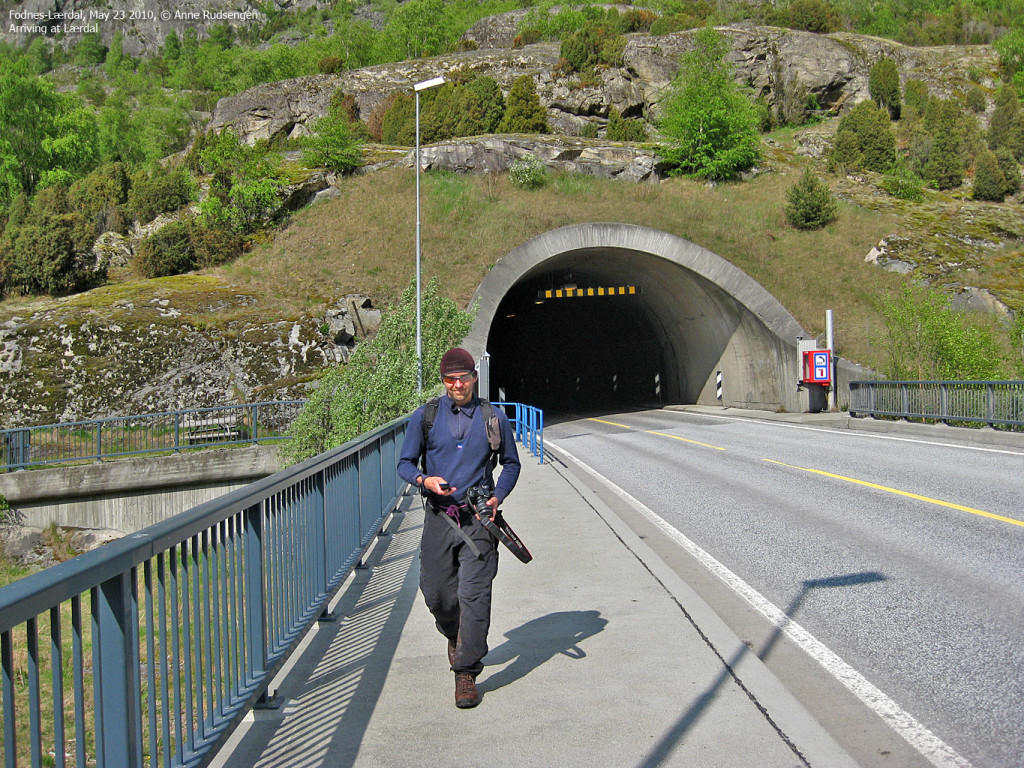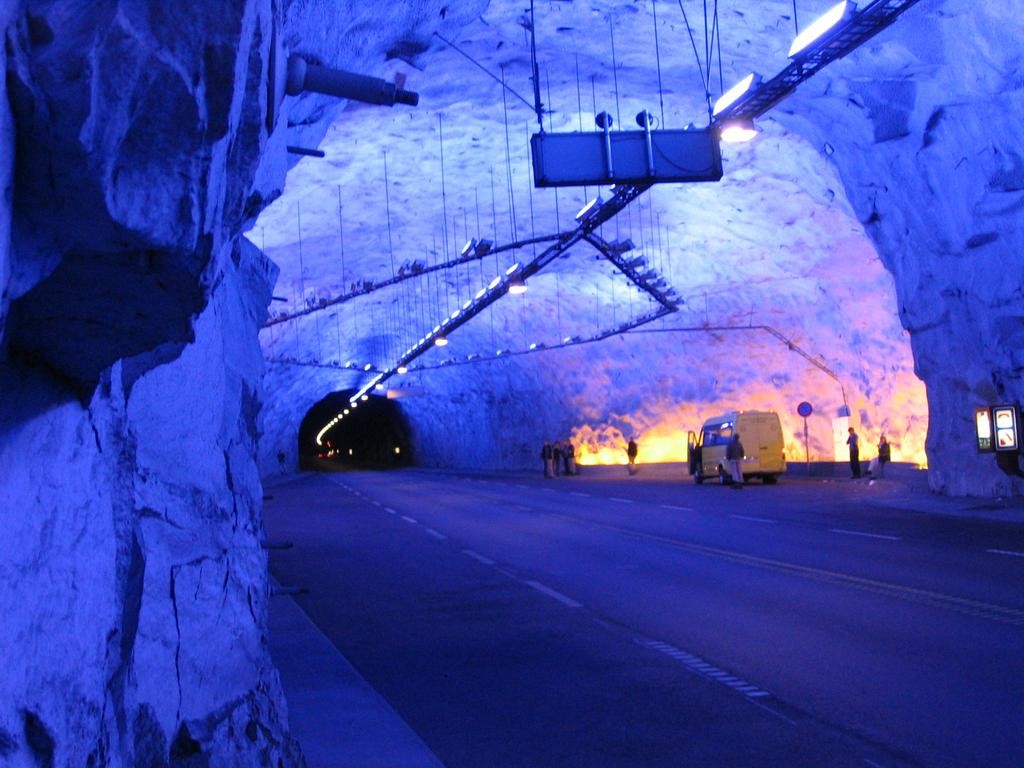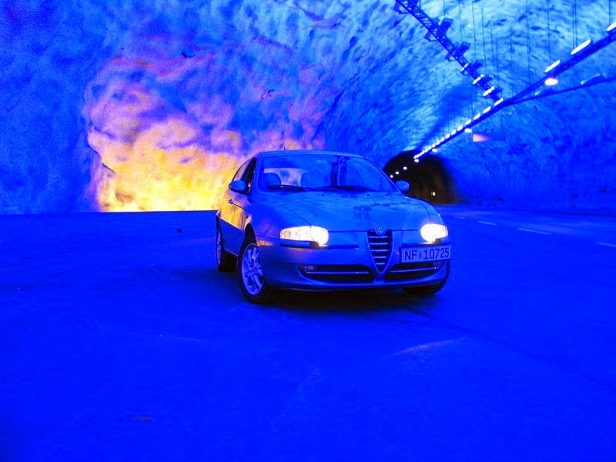Also Read: Barehipani Waterfall in India
/ month
placeholder text
Post List
Editor's Picks
The spectacular Boiling Lava and Ice Bubbles Images
The spectacular boiling lava and ice bubbles images celebrate...
Amazing Color Changing Ice Cream as its melts
Well, if someone offers you to have amazing color...
Milford Sound – The Heaven on Earth
Milford Sound - Nioselandahi island country in the southwest...
The Incredible Mountains Goat Climbers
Witness incredible mountains goat climbers at their best—a breathtaking...
An Incredible 3000-year-old Trousers discovered in a Chinese Grave
Indeed, the discovery of 3000-year-old trousers in a Chinese...
Exquisite Home Embedded In Cliff Will Feel You’re Under The Sea
Well, it is set flush against a cliff overlooking...
How Not to Fall Behind With Your Studies
All students have to deal with lots of homework...
Don't Miss
The Role of Your Moving Company in Your Stress-Free Move
The Role of Your Moving Company in Your Stress-Free...
Manjanggul Cave: An Underground Wonder in the Heart of Jeju Island
Manjanggul Cave is a lava tube in Gimnyeong-ri, Gujwaeup,...
The Luxury Gold MegaYacht Design for Women Only
You may be thought that all superyachts were created...
The Scenic Mountains of Sawtooth Valley
The Sawtooth Valley is scenic in the western United...
The Boardman Tree Farm, Orgeon
The Boardman Tree Farm is situated in Morrow, county...
Calheta Beach – A Rare Beach Made From Western Saharan Sand
Calheta Beach (Praia da Calheta) is a mesmerizing coastal...
Enhancing Men’s Fashion: Unveiling the Latest Style Waves for the Modern Gent
Enhancing Men's Fashion:
Of course, the idea of modern masculinity...
Striated fieldwren (Calamanthus fuliginosus)
Family: Known as the Striated fieldwren (Calamanthus fuliginosus), it...
Charismatic Planet © 2024 . All Rights Reserved.
















